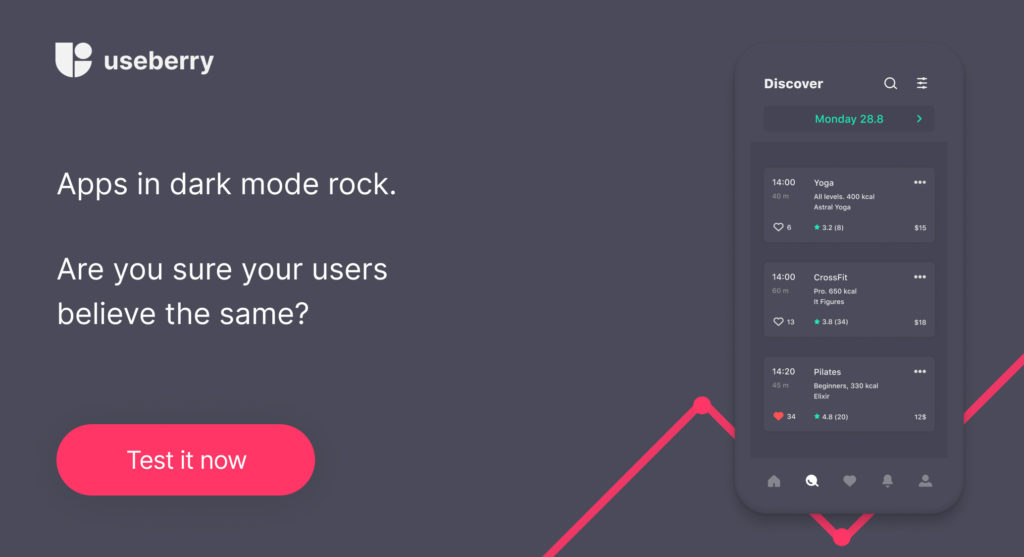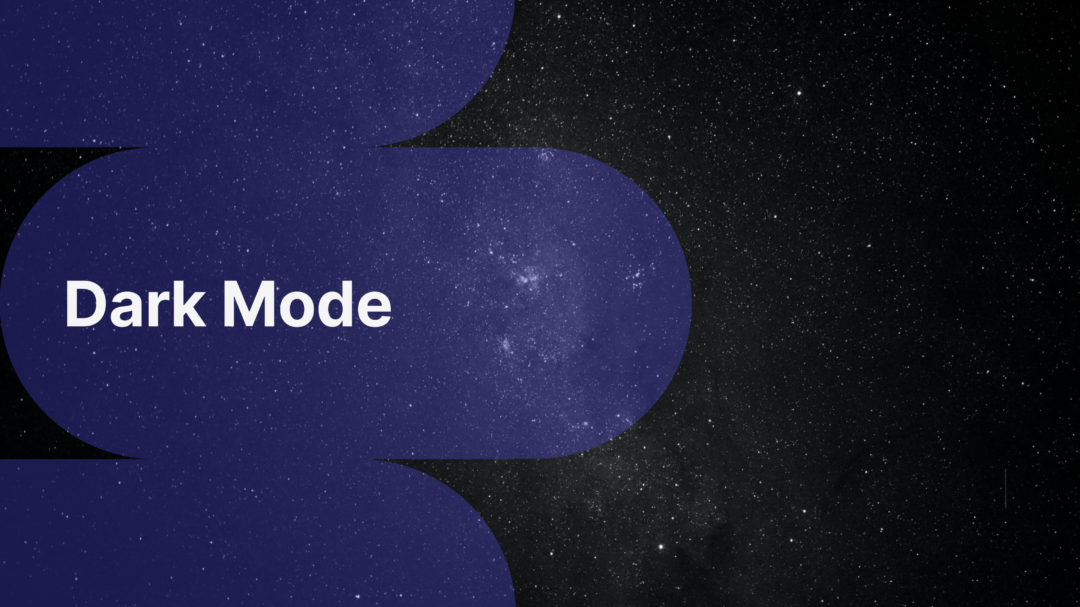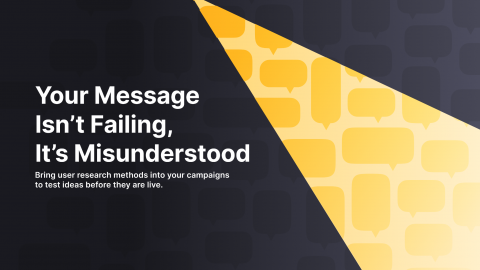One thing I personally dislike about blogging is that it is usually constrained in featuring topics that are considered “hot”. The outcome of this, let’s call it, strategy, is that people get easily fed up with a new concept (as they read about this “next big thing” literally everywhere) and without spending some quality time on it, they quickly move to the “next big thing”.
In 2019, one of these “next big things” was the concept of providing a “dark mode” option to your users. I won’t go into details about what dark mode (or negative contrast polarity) exactly is as most of you know about it.
There are tons of tests you can run out there, but the most efficient, speaking of time and money, is testing it through Useberry.
But I want to ask you a rhetorical question: on which criteria did you make the decision of employing or leaving outside dark mode from your designs?
I get it, dark mode is cool. It is different. I like it and you like it. Actually, almost every designer I have asked likes it. But how can you be sure that your clients really want it? Or how can you be sure that it increases user experience when it might decrease it?
Call me a nerd or anything but I personally test my hypotheses, period. And there are tons of tests you can run out there, but the most efficient, speaking of time and money, is testing it through Useberry.
To help you with forming your hypotheses, I gathered the 7 most common ones which you can find below:
- Dark mode helps your users focus on what you want them to focus on (decreases noise)
- Dark mode helps your users make small and quick decisions
- Dark mode helps your users sleep better at night
- Dark mode helps your users operate better at night without getting eye fatigue
- Dark mode is ideal if your users have vision impairment
- Dark mode should be avoided if there is a lot of text
- Dark mode is cool (define cool and then form this hypothesis)

Okay, now that you got an idea of what to look for, here are some quick facts to keep in mind for dark mode.
☝ Dark mode does not imply black mode.
☝ Dark mode does work best in minimalistic styles.
☝ Colors do work better in general than in light mode but you can’t use variety.
☝ UI elements do stand out in dark mode.
☝ Dark mode is more efficient in terms of energy consumption.
Final thoughts
Going with dark mode implies a lot of work and it is not a mere design decision. You have to be sure that the change is aligned with your whole system – be it platform, app, etc – as well as the messages you want to transmit to your users. Also, you have to decide on whether to launch it as a completely separate option or you would need to discuss rebranding.
If you finally decide to go with it you should definitely check this blog post shared on prototypr.
Good luck and may you make the optimal decision!
Feel free to contact us!
We’d love to know your experience with Useberry and we will be excited to hear your thoughts and ideas.




